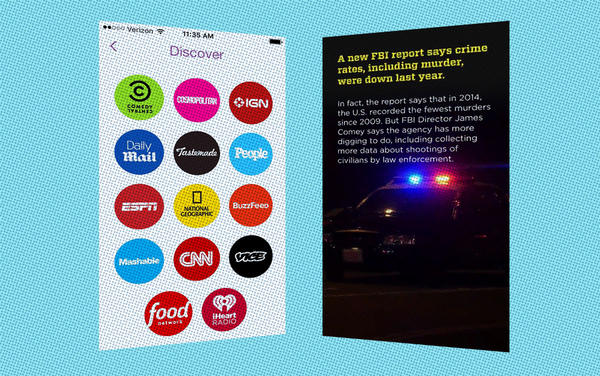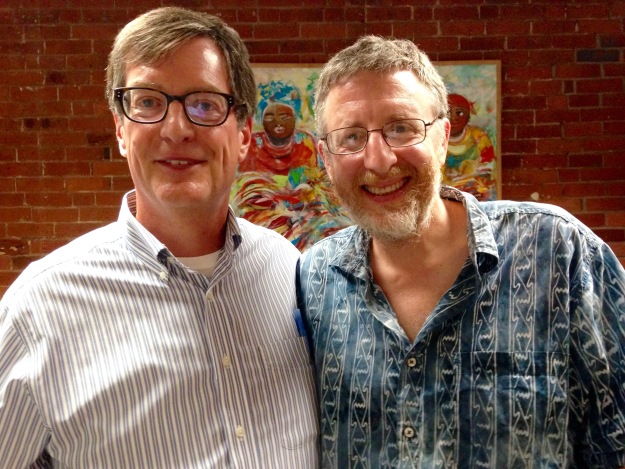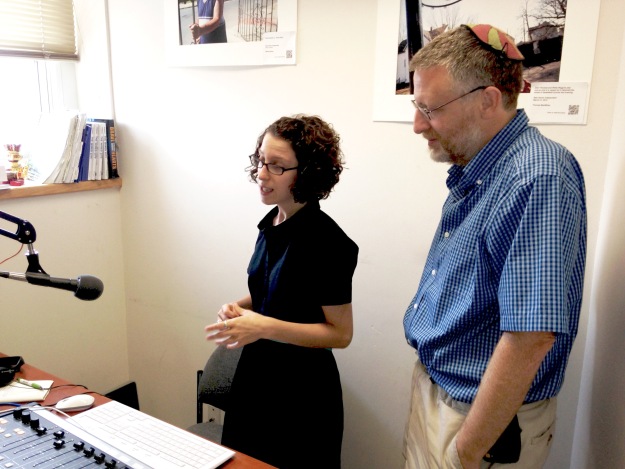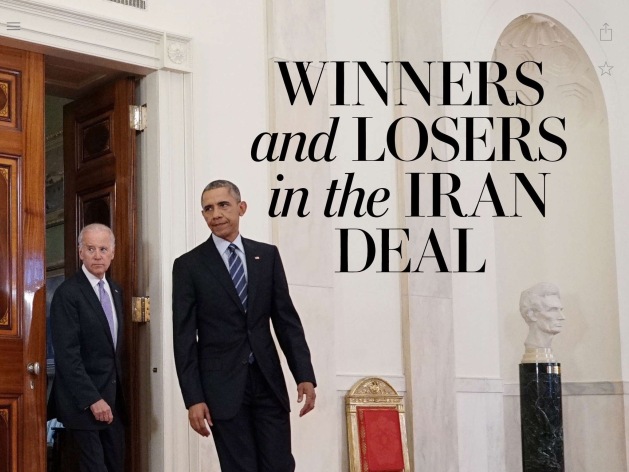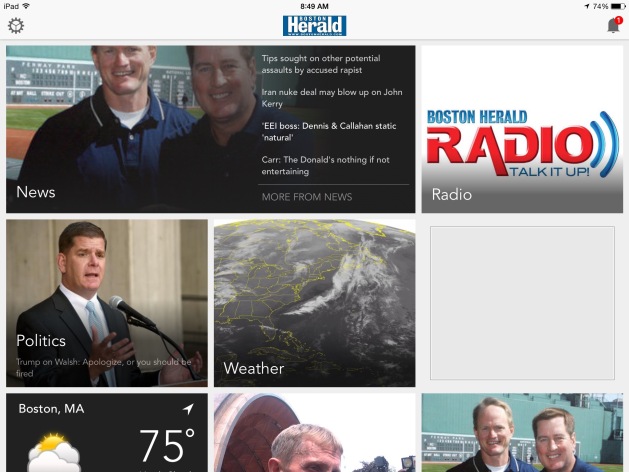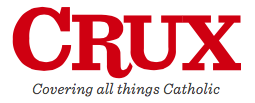Previously published at the Nieman Journalism Lab.
Local news is the lifeblood of communities. But with traditional models of paying for local coverage no longer working, residents of too many cities, towns, and neighborhoods find themselves with little of the information they need to be informed, involved citizens.
Last week, the Local News Lab, launched by the Geraldine R. Dodge Foundation with funding from the Knight Foundation, issued a progress report on its first 18 months of working with community journalism projects in New Jersey. (Nieman Lab’s Joseph Lichterman laid out some of the findings here, focusing on the lessons for philanthropists; you can download a PDF of the full report here. And, full disclosure, Knight is also a funder of Nieman Lab.)
The report is chock full of interesting ideas about collaboration, community engagement, and the role of philanthropy. Some of those ideas are so old that they’re new again. To wit: A $5,000 experimentation grant that was used in part to purchase newspaper boxes, thus saving New Brunswick Today some $300 a month.
Over the weekend, I interviewed the report’s authors, Molly de Aguiar, Dodge’s director of informed communities, and Josh Stearns, Dodge’s director of journalism and sustainability, over email. What follows is a lightly edited transcript of our conversation.
DAN KENNEDY: What is the most important takeaway for someone who reads your report and is thinking about starting a community news project?
JOSH STEARNS: For someone just starting out with a local news project, the most important takeaway from our report — and our work in general — is that we are stronger working together than we are working alone. And, frankly, this is the same advice I’d give to new startups and legacy newsrooms alike.
This idea plays out over and over again in our report. So many people starting up new newsrooms feel isolated (this is true of entrepreneurs in a lot of sectors), but by developing smart partnerships, by inviting people in, and by finding networks to plug into, journalists can develop new layers of support and strength. Jim Brady of Billy Penn describes this as huddling together for warmth. But this is true outside journalism too. Researchers point to community ties and neighborhood networks as the heart of resiliency in the face of crisis.
Professional networks like NJ News Commons and the Institute for Nonprofit News are critical for sharing lessons, testing ideas, and leveraging economies of scale while retaining the unique character of each individual community site. Partnerships like the Center for Investigative Reporting’s local/national work give local journalists access to expanded capacity, unique tools, and resources to tell stories in new ways. Finally, you need to build community around your work from the very start. Invest in your community and they will invest in you.
KENNEDY: In your section on $5,000 experimentation grants, we learn that in addition to using the money to build apps and engage with social media, one of the grantees used part of it to buy newspaper boxes. It made me wonder if we all tend to have too much of a knee-jerk orientation toward technology and innovation in reimagining local journalism.
STEARNS: You are right that we tend to have a vision of innovation that is biased towards technology solutions and platform approaches. Too often, innovation means pursuing a moonshot. But the way we approached innovation was focused on strategic changes rooted in community needs. Sometimes those changes were big and tech driven — new apps, creative social media experiments — but sometimes they were small and decidedly analog, like the newspaper boxes you mentioned.
For the experimentation grants, we worked closely with journalists to assess their newsrooms’ capacity and identify community needs. We defined innovation as something the newsroom could undertake that would change the way they serve community and help them approach revenue in a new way. Innovation doesn’t have to be about trying something never done before; it can simply be about applying an old idea in a new way or in a new context. What might be a failed strategy for some could be a game-changer for others.
When the goal is to shift culture in small newsrooms that are already stretched thin, sometimes you have to tackle a lot of small changes that together can add up to a newsroom that looks fundamentally different from where you began. Focusing on incremental innovation allows you to prototype ideas, fail safely, learn, and try again.
KENNEDY: You discuss ways in which crowdfunding and what we used to call public (or civic) journalism — in its simplest form, just a matter of listening to the community — can be effective ways of building an audience for local news. Could you discuss the challenge facing journalists who are dealing with fractured communities that, increasingly, have not cared all that much about local affairs?
: Communities that appear not to care much about local affairs probably actually care a great deal about local affairs but don’t feel empowered to participate in local decision-making in meaningful ways. We know from Pew’s Local News in a Digital Age report that residents in Macon, Denver, and Sioux City have a high interest in local news — and high dissatisfaction with local news coverage. People don’t see their lived experiences or their concerns reflected in their local news sources. The challenge for journalists, therefore, is building relationships with community members from all backgrounds and earning their trust, which is both time- and labor-intensive. There are no shortcuts.
We saw this play out very successfully with our partners at The Lo-Down, whose crowdfunding campaign raised more than $27,000 and was, in many ways, the culmination of years of important neighborhood coverage that gave a voice to community members concerned about gentrification and the loss of locally-owned small businesses. We wrote a blog post about it here.
KENNEDY: I detect a tension in one part of your report. On the one hand, you say philanthropic support should be used to pay for infrastructure and experimentation, not operating costs. On the other hand, you call for local donors and foundations to support journalism in their communities. Where exactly would you draw the line on grant money and local journalism? At a time when advertising is on the wane, doesn’t it make sense for philanthropies to step up and provide some direct funding on an ongoing basis?
DE AGUIAR: Actually, the report notes that “philanthropy’s most valuable role is to nurture networks, and provide a blend of operating support with experimental dollars.” We do provide operating support to nonprofit and public media in New Jersey, and have a long history of that. However, the work we describe in the report is primarily focused on the for-profit local newsrooms we are currently working with. And in their case, we are providing experimental dollars, not operating support, in order to help their businesses become stronger. We do not want to set a precedent of providing ongoing operating support to for-profit newsrooms.
We think the two most important messages to local donors and foundations in this section of the report are:
- Many “mom and pop” for-profit local newsrooms are mission-driven community anchors that could benefit significantly from some short-term experimental dollars to strengthen their businesses and better serve their communities.
- While funding a specific beat is a common strategy, there are many overlooked opportunities for supporting local journalism that foundations might consider — for example, funding infrastructure (legal support, web development, ad sales, etc.) that can substantially strengthen the entire field. There is no one right way — just many underappreciated options.
KENNEDY: What are the next steps for the Local News Lab?
DE AGUIAR AND STEARNS: We’ve got some exciting experiments and projects ahead regarding new revenue streams and community engagement.
With respect to the community-engagement bucket, we launched a number of projects last year that we introduced in our report — Hearken, The Listening Post, News Voices: New Jersey, Neighborhoods to Newsrooms, among others — and this year is really about giving those projects the space and time to blossom and document what we are learning. We are going to be looking at a few very different ways to bring communities into the reporting process and foster their investment in local news, including creative uses of art, theater, community organizing, and citizen journalism.
On the business side, we are looking at how newsrooms can create collaborations like PRX’s Radiotopia in the podcast space, to combine audience and reach bigger advertisers. We are also exploring how small local newsrooms can build profitable events strategies on a shoestring budget. But to some extent one of our next steps it to simply keep doing what we are doing — mentoring and coaching newsrooms to help develop more revenue streams, deepening their engagement with community, and further strengthening collaboration across the New Jersey ecosystem. We’ve made some amazing progress, but there is still a lot left to learn.
And we are going to be focused on further documenting and sharing all our work, not only in reports but also in concrete guides, sample materials and trainings.

